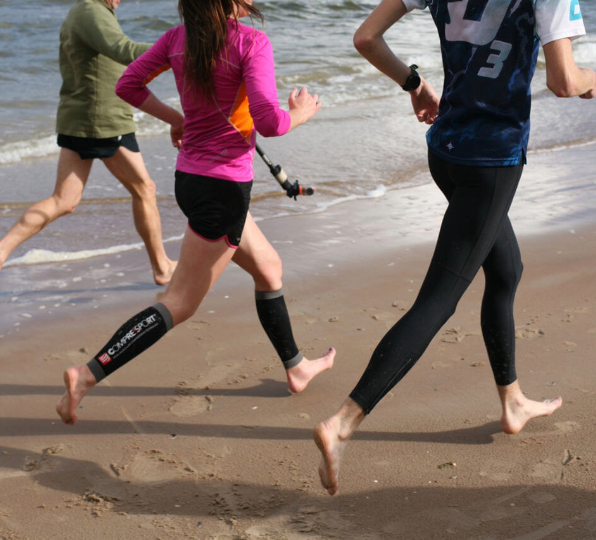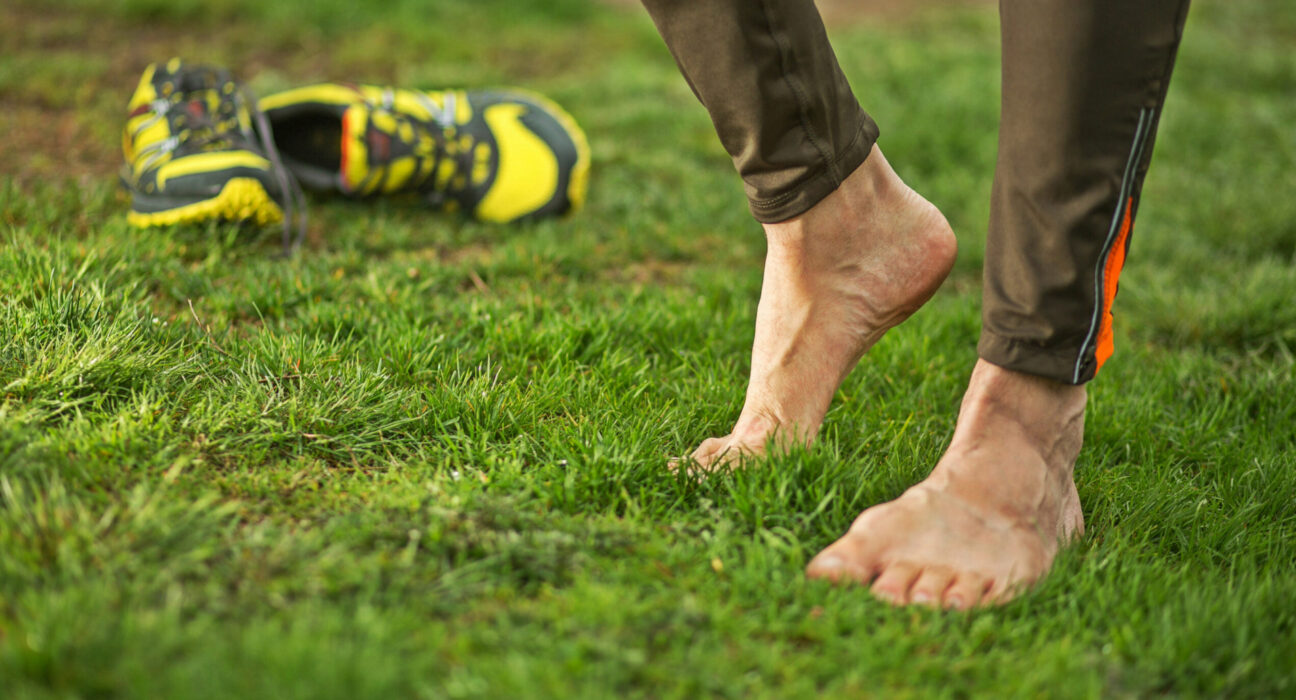Introduction:
Barefoot training, a concept that was once perceived as unconventional, has emerged as a popular trend among fitness enthusiasts and athletes seeking a more natural approach to exercise. The idea of working out without shoes has gained momentum due to its potential to unlock a plethora of benefits for the human body. From improved balance and proprioception to strengthened muscles and heightened sensory feedback, barefoot training is reshaping the way we think about fitness. In this comprehensive exploration, we delve into the multifaceted advantages that come with exercising without shoes.
1. Enhanced Proprioception
Training in the bare feet greatly increases proprioception, or the body’s awareness of its position in space. Sensory receptors in the feet can send more precise signals to the brain about body position and movement because of the direct contact between the feet and the ground. During physical activities, this increased proprioception helps to promote better overall coordination and heightened body awareness.
2. Improved Balance and Stability
Going barefoot engages the smaller muscles in the feet and ankles that may be underutilized when wearing shoes. These muscles play a pivotal role in supporting the body during various movements, leading to improved balance and stability. Over time, the activation and strengthening of these intrinsic foot muscles contribute to a more stable foundation, reducing the risk of ankle sprains and enhancing overall balance.
3.Strengthening Foot Muscles
Shoes, while providing support, can limit the natural movement and strength development of the feet. Exercising without shoes allows the foot muscles to move freely and bear the load of the body weight, promoting increased strength and flexibility in the muscles of the foot and ankle. The strengthening of these muscles not only enhances athletic performance but also reduces the likelihood of foot-related issues.
4.Joint Mobility and Flexibility
Barefoot training encourages a more natural range of motion for the joints in the feet and ankles. The freedom of movement without the constraints of shoes contributes to enhanced joint mobility and flexibility. This can be particularly beneficial for individuals looking to improve the flexibility of their feet and reduce stiffness in the lower extremities.
5.Sensory Stimulation
The soles of our feet are rich in nerve endings, and going barefoot exposes these receptors to various textures and surfaces. This sensory stimulation not only enhances the connection between the feet and the brain but also contributes to improved gait mechanics and overall movement patterns. It provides a refreshing and invigorating experience, awakening the senses and fostering a deeper connection with the environment.
6. Reduced Impact on Joints
A more organic and softer foot strike during exercise could result from not wearing shoes, which would lessen the strain on knees and hips. This is especially helpful for people who have joint problems or are healing from specific injuries. Barefoot training is a feasible alternative for individuals looking for a joint-friendly exercise regimen because of the potential to reduce joint stress due to its reduced impact.
7. Activation of Intrinsic Muscles
Beyond the larger muscles typically targeted in traditional workouts, barefoot training activates the intrinsic muscles of the feet. These muscles, often overlooked, are crucial for maintaining proper arch support and foot mechanics. By engaging these intrinsic muscles, individuals can address imbalances and weaknesses that may go unnoticed in a shod environment.
8. Increased Ankle Strength
The ankles play a pivotal role in providing stability and facilitating movement. Going barefoot challenges the ankles in a unique way, leading to increased strength and resilience. Stronger ankles not only contribute to overall lower limb stability but also reduce the risk of injuries, especially for those participating in activities that involve lateral movements and quick changes in direction
9. Improved Blood Circulation
The increased engagement of muscles in the feet during barefoot training supports better blood circulation in this often-neglected area. Improved circulation ensures that the muscles receive an adequate supply of oxygen and nutrients, promoting overall foot health. This can be particularly beneficial for individuals who spend extended periods wearing restrictive footwear
10.Enhanced Connectivity with the Ground
Going barefoot fosters a direct and unfiltered connection between the feet and the ground. This enhanced connectivity allows individuals to feel and respond to the terrain beneath them. It promotes a more grounded feeling during exercise, fostering a sense of connection with the environment. This heightened awareness can translate into improved performance and a more mindful approach to movement
11.Mindful Movement
Exercising without shoes encourages a mindful approach to movement. As individuals become more attuned to the sensations in their feet and the ground beneath them, they naturally develop a deeper connection with their bodies. This heightened mindfulness can lead to better biomechanics, improved posture, and a reduced risk of injury as individuals move with greater awareness and control
12.Positive Impact on Running Mechanics
Running mechanics may benefit from barefoot running, a subset of barefoot training, which has drawn attention. People who run barefoot typically take on a more organic and effective gait. This may result in a more uniform dispersion of impact forces throughout the lower extremities and a decreased chance of overstriding and related injuries.


Conclusion:
In conclusion, the benefits of barefoot training extend far beyond the simplicity of going shoeless during exercise. From the enhanced proprioception and improved balance to the strengthening of foot muscles and heightened sensory feedback, the advantages are both diverse and profound. While barefoot training may not be suitable for every individual or type of workout, incorporating it gradually and mindfully into your fitness routine can unlock a range of benefits for overall well-being and athletic performance. As with any fitness approach, it’s essential to listen to your body, start slowly, and allow time for adaptation to the unique demands of exercising without shoes. Embrace the freedom, connect with the ground, and discover the transformative power of going barefoot in your fitness journey.
Dive into the transformative insights of ”Zen Mastery Methods for a Stress-Free Lifestyle” in our comprehensive blog. Embrace tranquility with practical practices, fostering a balanced and serene life.












